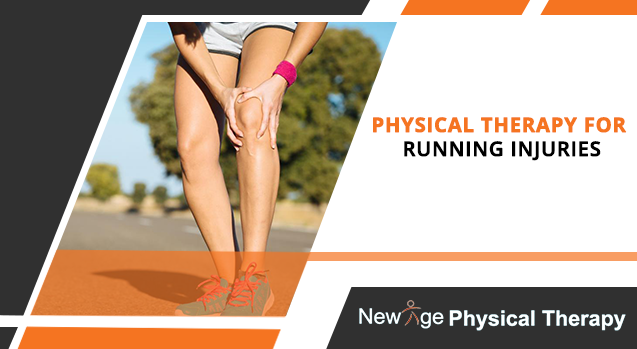Physical Therapy for Running Injuries
What are Common Running Injuries?
Runner’s Knee
Also known as patellofemoral pain. Symptoms include a dull pain behind/around top of kneecap. People with this injury will experience pain while squatting, running, descending stairs, and sitting for long periods.
Patella Tendonitis
Symptoms include lower knee pain while running. Because the patellar tendon absorbs a lot of force, it is prone to injury.
IT Band Injuries
The IT band is located on the outside of the thigh connecting from the gluteal muscles to the top of the tibia. Thus, when the glutes are weak or tired, the knee will be pulled inwards or outwards excessively while running.
At the top, the IT band is also connected to a muscle in the front of the outer hip called the tensor fascia latae (TFL). When this muscle is overworked from running, it can pull on the IT band making it feel “tight”.
Shin Splints
Also known as medial tibial stress syndrome. Symptoms include an aching pain on the inside of the shin near the border of the tibia and calf muscles. This area can be extremely sensitive after a run when touched.
Plantar Fasciitis
Symptoms include heel pain during the initial steps out of bed or up from a chair. This injury occurs when the plantar fascia becomes irritated/inflamed.
Achilles Tendonitis
This injury occurs behind the heel and up the back of the ankle when the Achilles tendon cannot adapt to the stresses placed on it. It may occur if a patient has increased mileage or intensity while running.
How can physical therapy help?
The main goal of physical therapy for running injuries is to strengthen the muscles of the lower extremities. A physical therapist will also perform manual therapy including massaging and stretching the injured area. In extreme cases, physical therapy can be a safer alternative to surgery.
Typically patients are prescribed stretching and strengthening exercises that involve resistance bands, body weights, and stretching belts. Not only are injuries different but individuals differ from one another as well. Thus, a therapist will create an individualized treatment plan catered to a patient’s goals, age, pain level, and tolerance.
A physical therapist can also teach patients proper running form, strategies to prevent injuries, and appropriate shoes to wear. He/she may advise them to foam roll their calves and quads consistently to keep muscles healthy and hydrated.
A therapist may target specific trigger points like the TFL when treating pain/discomfort. Sometimes, tight hips may limit a runner’s stride, and thus, patients are taught stretching exercises like lunges. A therapist may add squatting into a routine to increase strength in the quads, glutes, and hamstrings which ultimately provides a good foundation for running.
The injuries listed above are only a few of the injuries runners can experience. If left untreated or continuing poor running form, most symptoms can exacerbate. Therefore, it is important to consult a physician/Physical therapist to see which condition you are dealing with and ways to heal.



